OUTSIDERS: Designing Engagement With the Incarcerated
Marianna Mezhibovskaya's Masters thesis, Outsiders: Designing Engagement With the Incarcerated, explores how design can foster compassion for the marginalized and disenfranchised incarcerated population through the creation of social support services and products.
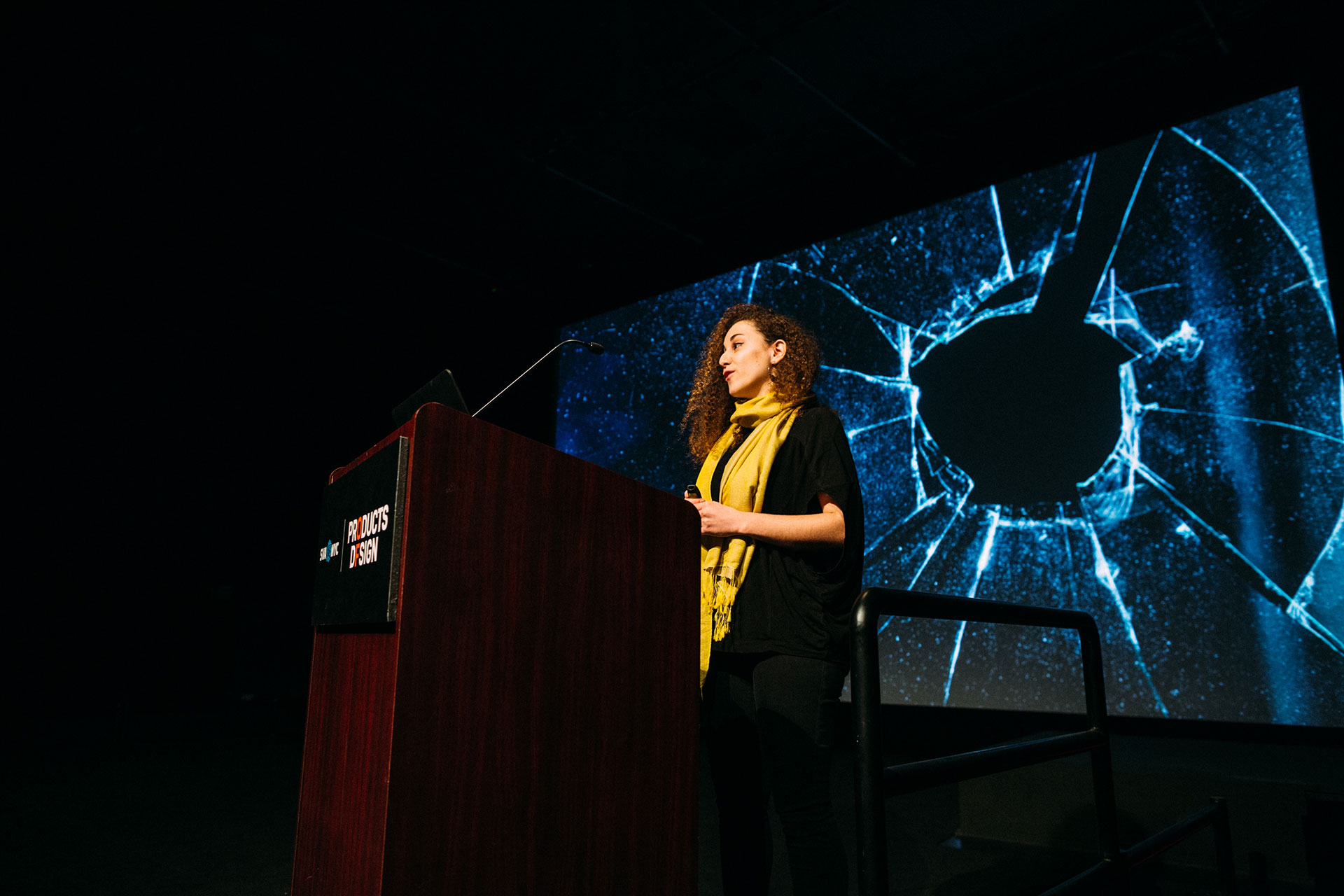
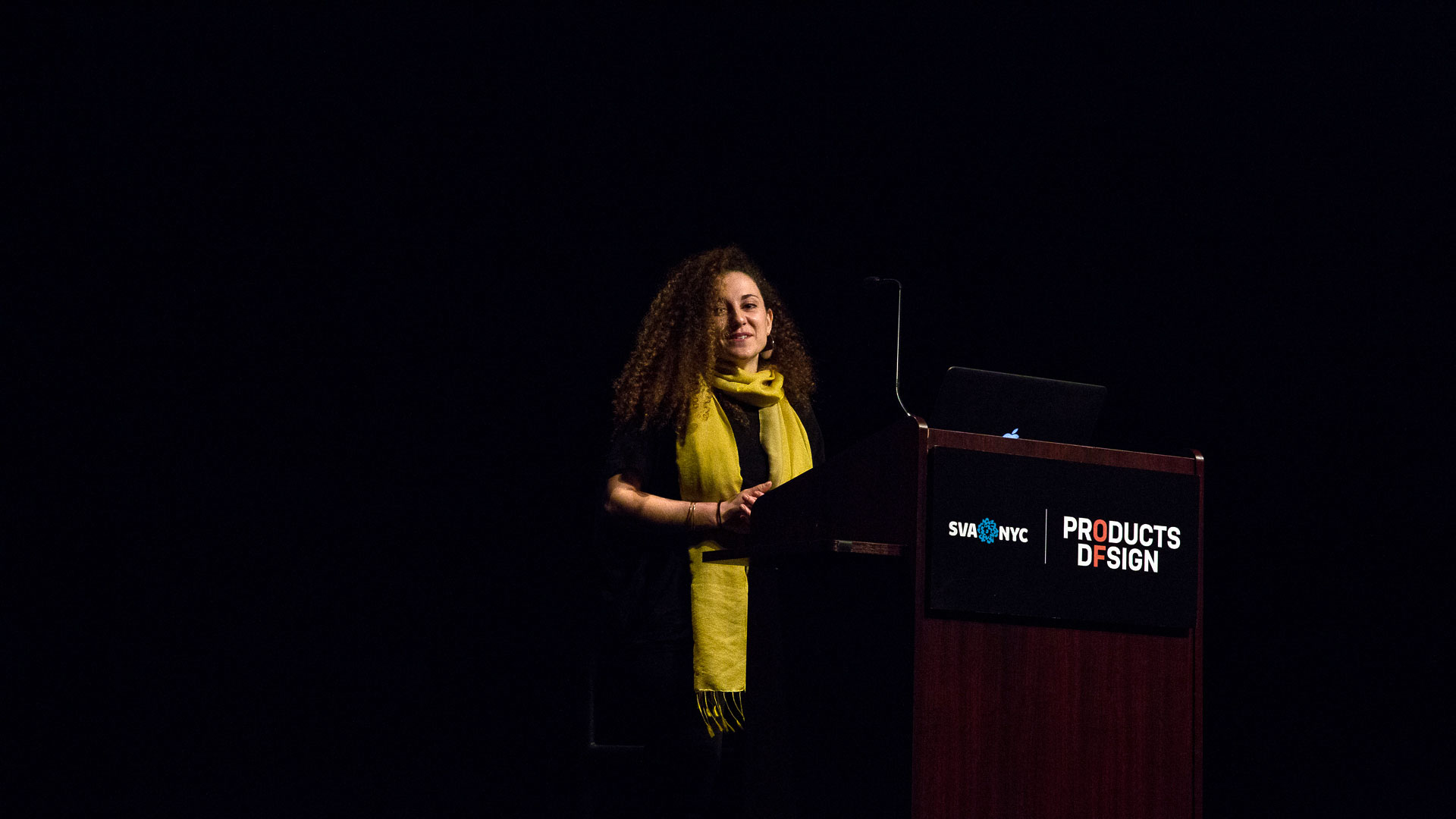
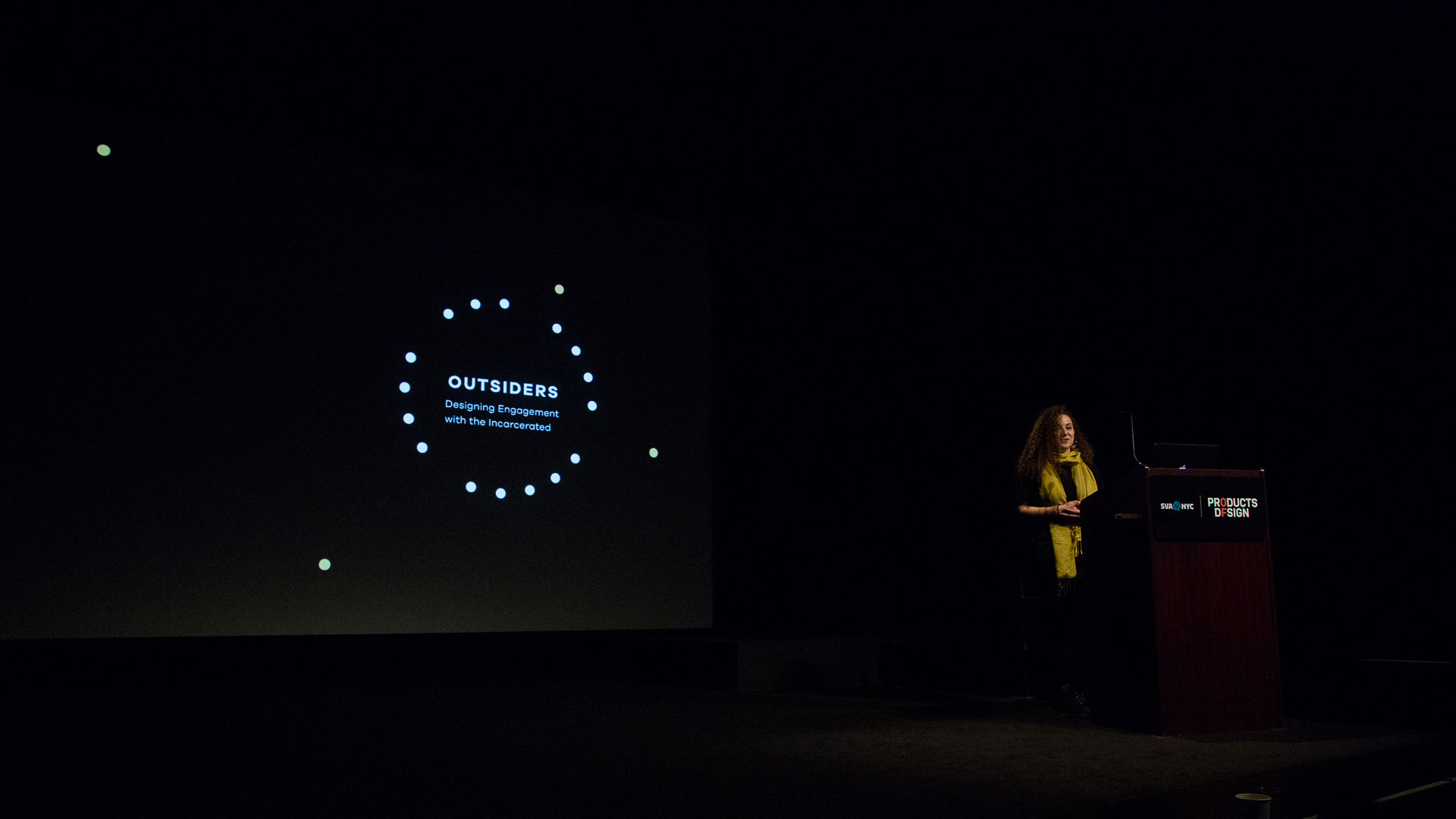
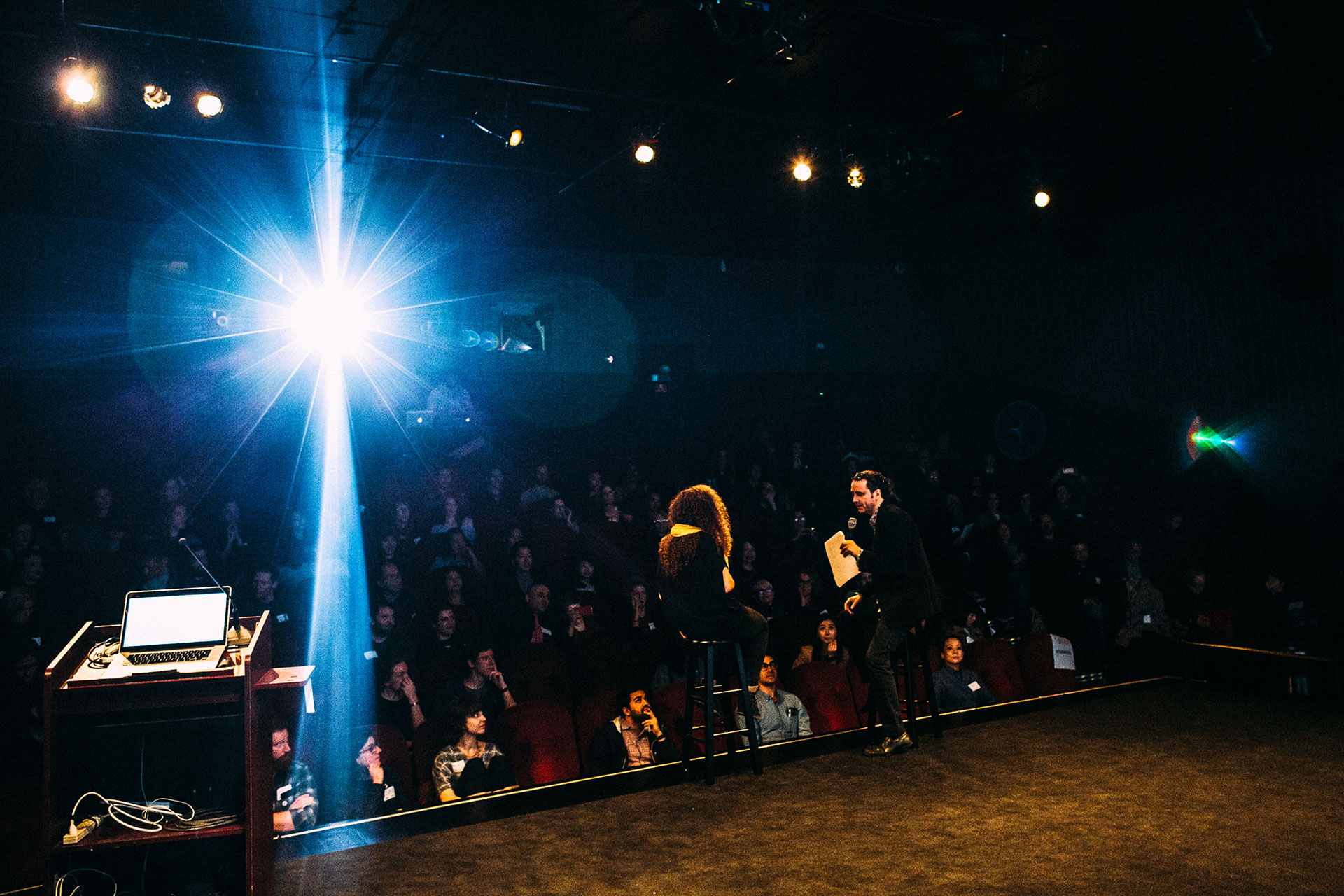
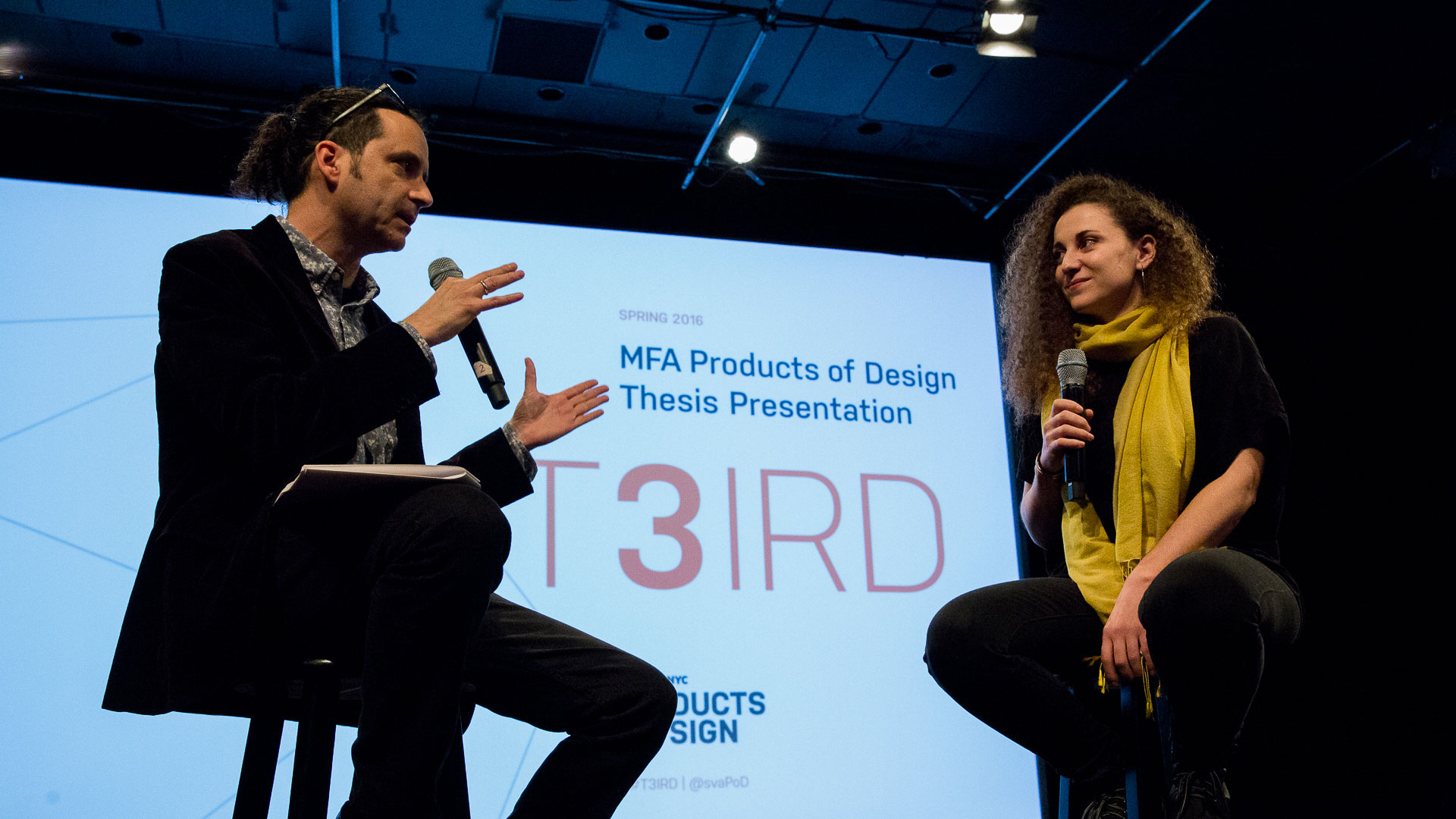

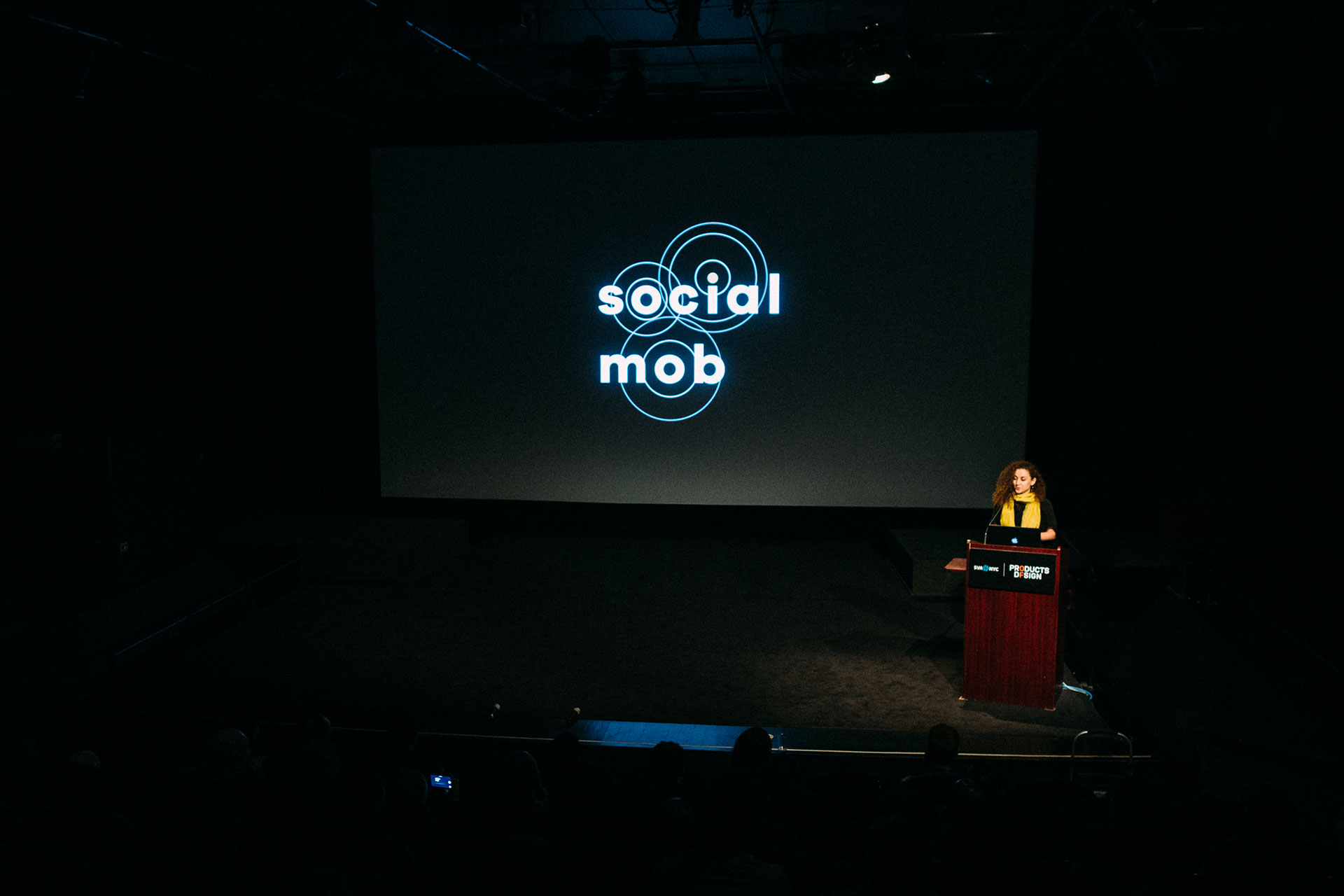
Throughout Marianna’s research, she conducted interviews with a wide range of subject matter experts—from psychologists, art and drama therapists, and law enforcement officials, to teachers and entrepreneurs who work with the prison population. Early in the thesis, Marianna was introduced to The Fortune Society—a reentry organization dedicated to advocating for the rights and empowerment of the currently and formerly incarcerated. In October, the organization hosted The Castle, a performance by four formerly incarcerated individuals—Rory, Vilma, Kaz, and Victor—who had spent a combined 60 years in prison. Each told the stories of their lives, from troubled upbringings to their imprisonment, and ultimately to their pivotal introductions to The Fortune Society and the turning point it represented on their paths.
During the performance, Marianna sketched portraits of the four performers, writing down their most moving words. What surprised her most were the performers' willingness to speak with strangers about their incarceration, and saw clearly the profound potential and impact that firsthand narratives could have on counteracting bias and stigma.
“Bearing witness to their stories of struggle, I became personally invested—despite never having been incarcerated—in using design to shift negative public perception, and inspire engagement with the currently- and formerly-incarcerated.”
Social Mob
Inspired by the influence The Fortune Society has on the lives of thousands of individuals, Marianna designed a platform that could magnify individual actions, rippling their effects throughout communities. Social Mob is a decision-making tool that explores our moral and social responsibility towards others through organized flash-mob performances.
The incarcerated population in the United States has increased by 500% over the past 30 years—skyrocketing from approximately 500,000 people to nearly 2.3 million people in prisons and jails across the country. So the number of people entering the penal system is well understood. But frustratingly, there are poor statistics and research regarding the people leaving prisons without a support network or a home to return to. As a consequence, Marianna created a systems map "to explore the cycle of incarceration through the lens of access to social support as a basic need."
Social Boost
Social Boost is a service Marianna envisioned to help currently-incarcerated individuals plan for their moment of release. The service works in concert with existing reentry organizations such as the Fortune Society and the Osborne Association. Social Boost offers a set of services: pick-up at the moment of release, the sharing of a first meal, transportation home or to a housing organization, and finally, the opportunity for future employment as a Social Boost driver (also known as a Booster). This service would be staffed by a network of formerly-incarcerated individuals, and communicates with its clients via the Social Boost app—facilitating the initial steps of the organization's service: in-prison planning, and pick up.
Social Boost App
The Social Boost App is a tablet and desktop application that facilitates communication between Boosters and people that are currently incarcerated in order to plan for their release from prison. Leveraging the recent and growing implementation of video visitation in prisons and jails across the country, Social Boosters use this app as an efficient and approachable way to communicate with their incarcerated clients. Due to varying levels of digital and functional literacy in prison, the app has three straightforward functions: A Calendar for notification of release information; Chat for initiating conversation about need for support upon release; and Video Chat for establishing a face-to-face relationship between the client and the Booster who'll be picking them up upon release.
Chronicle
In an effort to combat "the suppression of voice, and the breaking of spirit" in the current criminal justice system, Marianna designed Chronicle—a contraband voice recorder disguised as a digital radio, sold in prison commissaries. After researching products marketed to correctional facilities, Marianna discovered the literal use of transparency for technology intended to enable correctional officers to find any drugs or paraphernalia smuggled into prisons.
There are lots of these products currently for sale—radios, mp3 players, tvs, and headphones—and often these are the only channels that a prisoner has to the outside world, especially if they lack personal contact with anyone outside of their prison. Marianna asked, "How can someone communicate their experience and struggles in a system that aims to suppress contact and expression?" After hearing many firsthand narratives about the abuse of prisoners by correctional officers—and the irony of drugs being smuggled in by correctional officers themselves—Marianna was compelled to begin prototyping ways to subvert the design language of transparency. Chronicle is meant to be smuggled into prison both as a tool for self-expression and simultaneously as a way to covertly record abuse of correctional officers.
During her research Marianna, discovered that if rewired, speakers can be turned into microphones. The same way a speaker reverberates sound waves from electrical signals, microphones receive and translate incoming sound waves into electrical signals. By wiring an XLR microphone cable to a speaker, it can serve as both an output and an input. Before reaching the final form for Chronicle, Marianna’s first prototype looked too much like a voice recorder. The second prototype, too much like an iPod.
“With regard to the empowerment of people that are or have been incarcerated, what I believed was that anonymity transforms our understanding of others. What I believe now is transparency transforms our sense of ourselves and of “otherness.”
Conviction
Early in the thesis, her classmate Souvik Paul advised her to consider the humanizing power of her drawn portraits—in contrast to the dehumanizing effect of the mug shots associated with incarcerated identities. This is where Conviction was born.
Conviction is a transitional sketchbook that appropriates the graphic language of the alienating mug shot, “and instead provides the silhouetted space for people to fill with their humanity,” Marianna offers. “It is a space to write about their experiences, dreams, hopes, and struggles, and to illustrate these stories as well.” The first page begins with a letter:
“Dear Reader,
My name is Marianna Mezhibovskaya and I have no idea what you are going through, but I want to.
I created this book for you. With your thoughts, experiences, and dreams in mind. With the hope that you fill these pages with words and drawings. And with the hope of seeing through your eyes.
Recently I drew portraits of people who were sharing the stories of their lives and their imprisonment. I was surprised by how moved they were to be drawn. The idea for this book came from the power of being seen and heard. I thought about how dehumanizing a portrait the mug shot is, so I redesigned it for you to fill with your humanity.
I would love for you to use this book as a space for sharing who you are. Sharing, not only with yourself, but with the opportunity to share with others in a gallery exhibit.
I hope to see and hear from you soon.”
The letter ends with a short manifesto:
“In a system that aims to dehumanize me
I choose to measure myself in a different way.
Who I am today is not an indicator of who I will be
tomorrow or the day after. How you see me now
is not a direct reflection of who I am,
I am the people I love, the people who care for me,
the people I miss, the people I can’t forgive,
and the people I can’t forget.
I am the person I want to be and the choices
I make along the way.
Here I choose. Here I decide.
Here I fill these pages with my conviction.”
As the pages become filled with words and images, the lines that make up the silhouette of a person gradually fade—“until the artist/author has full reign of the page, and can decouple their sense of self from the label of incarceration.”
Marianna shared the Conviction sketchbooks with one of her subject matter experts, Lesley Achitoff, the Director of Creative Therapy at Rikers Island Correctional Facility. Excited by Achitoff’s enthusiastic response, Marianna proposed the idea of distributing Conviction sketchbooks to Achitoff’s residents, and then curating a public exhibition of their work.
“One of the women said she’d like to keep filling in these books
for the rest of her life.”
— Lesley Achitoff, Director of Creative Therapy at Rikers Island Correctional Facility
Conviction: An Interactive Gallery
Conviction was an interactive exhibit dedicated to sharing the firsthand experiences of people that are incarcerated at a local New York Correctional Facility. The content for this exhibit was created through the use of the sketchbooks designed by Marianna as a tool of expression and transformation. Through the generous support of colleagues and experts, she found a way to bring these books to her intended audience—the incarcerated population—and then to the public. Gallery visitors had the opportunity to see a largely unseen and unheard perspective, and had the chance to respond to the artists and authors who could not be present.
In an unlikely but fortunate turn of events, Marianna had the privilege to meet the young men and women who filled in the Conviction sketchbooks when visiting Rikers Island Correctional Facility. Achitoff got her clearance to visit the adolescent housing unit, where she met 16-year-olds Mashruf and Jean.
“In the Conviction sketchbook, Jean had written that he was worried about never leaving jail, and his mom and sister giving up on him. The day I met him, he found out that he was going home in a week!”
In addition, Lesley invited Marianna to sit in on her weekly art therapy session at the Women’s housing unit. And much like her thesis started with drawing portraits, Marianna drew the women she met that day while getting their feedback on their entire Conviction experience.
Here are some of their responses to the sketchbooks and to their work being presented in a public exhibition:
“I loved everything about it and the opportunity to partake in it, and the fact that it was shown in an actual art show. I was overwhelmed by the comments. I cried.”
“To see people care when they didn’t even know. They didn’t judge. It was amazing.”
“I think it’s good for people to know how I feel in jail…and the comments made me feel stronger, and like I could get through this experience.”
Looking Forward, Marianna hopes to publish and distribute Conviction sketchbooks to more prisons and jails around the country, and perhaps internationally. Grateful for the bravery and vulnerability of the artists and authors who participated in her exhibition, Marianna wants to return the favor by organizing a public gallery of the finished Conviction sketchbooks—only this time, in the correctional facility where they were completed.
Learn more about Marianna Mezhibovskaya’s work at mariannamezhibovskaya.com and contact her at marianna.mezhibovskaya[at]gmail[dot]com.






















